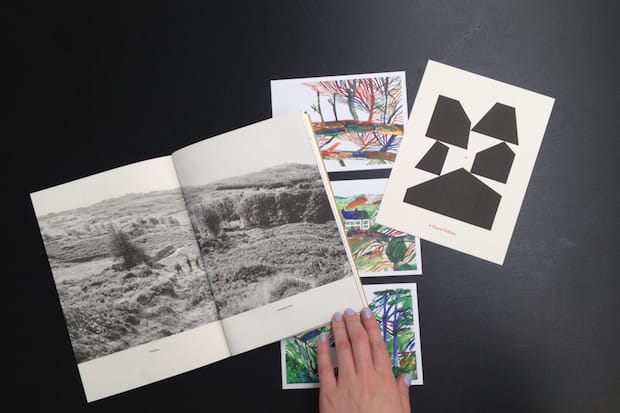Nicolas Burrows, Marcus Oakley, Sister Arrow, Supermundane and William Edmonds ventured to the Lake District to walk, draw and eat together. The result is Natives Journal, a collection of work inspired by their residency.
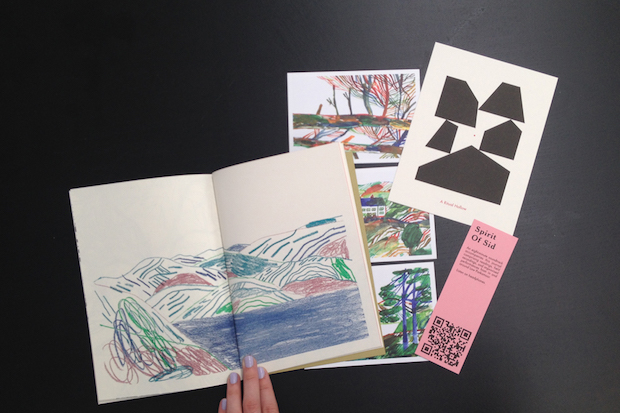
Tell us a little bit about the original residency and how it came about.
Nicolas Burrows: I suppose it was a coming-together of a few ideas about living and making art that have been rattling round my head for a few years. I love the idea of artists forming groups or schools around shared concerns, interests or working methods. I personally find that working in, or even just being in, an environment such as Cumbria (where we held this residency) feeds my work, and is important to my practice. I'm also excited by the potential of throwing some people together and seeing what happens.
How did you select the other artists that were involved?
NB: For the first one I wanted everyone to feel comfortable so I chose people who I thought would be interested in spending time in this place, but that I also knew. My initial intention, which I still want to realise, is to have a more varied range of practitioners involved, so we might get writers and photographers and painters or something. For this one, we all work in fairly similar ways, through drawing. Despite that we did end up with a surprising range of material.
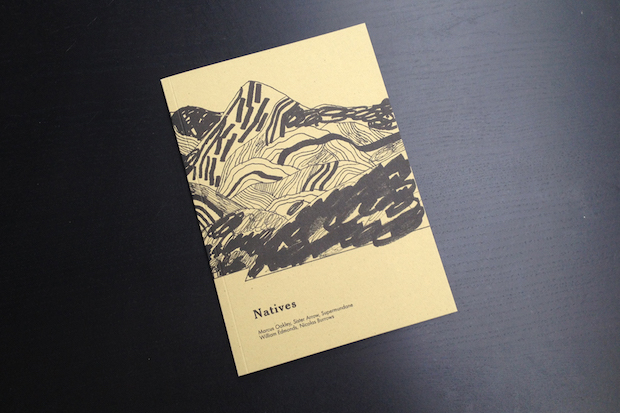
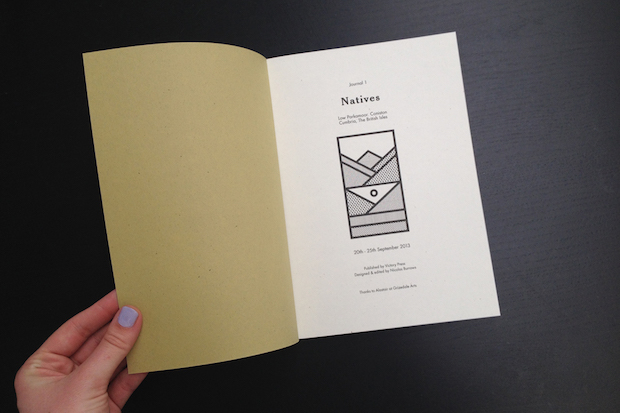
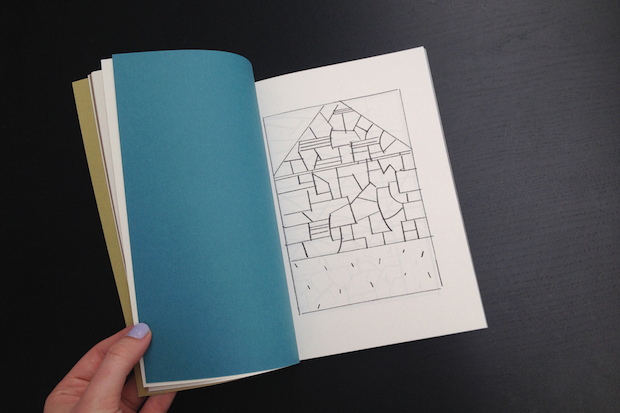
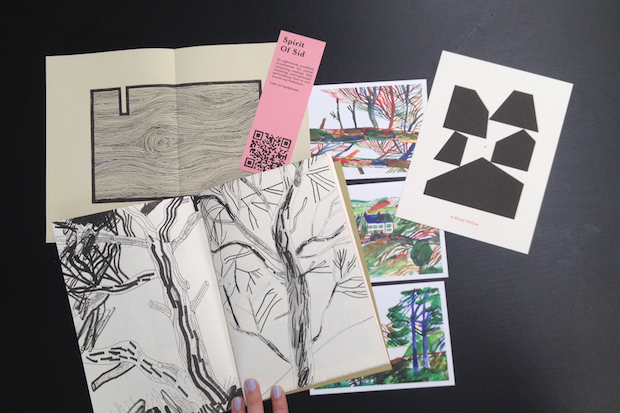
Did you find a common style or approach emerged as part of the residency?
NB: No, I think we all had our own style and approach to things. We spent most of our time together, walking in the daytime, stopping to eat and to draw, and then in the evening we took turns making food for each other. There was no electricity in the place we stayed so it was great in the evenings, just talking and sometimes playing music. I think there was even some impromptu (and hilarious) shadow-puppetry with Marcus and Rob. In some places we did overlap, for example Rob and I worked on an accompanying sound piece made up from field recordings, which we edited down together. But otherwise we all took our own approach and then it was my job to bring that together into some sort of cohesive form.
Tell us a little bit about how you compiled the experience into a book?
NB: I asked everyone to send me scans of things they'd made and photographs they'd taken. I wanted the way the residency turned out to direct the form of the publication, so I looked at the material we had and then decided that the book should be made up of different sections, because each person had a distinctive response to the place. It was also based partly on how much I could afford too. Elliot at Victory Press helped me by printing for free and splitting the production costs. We collated and bound it by hand as well to save money. All the sales will pay off production and then go towards future Natives residencies.
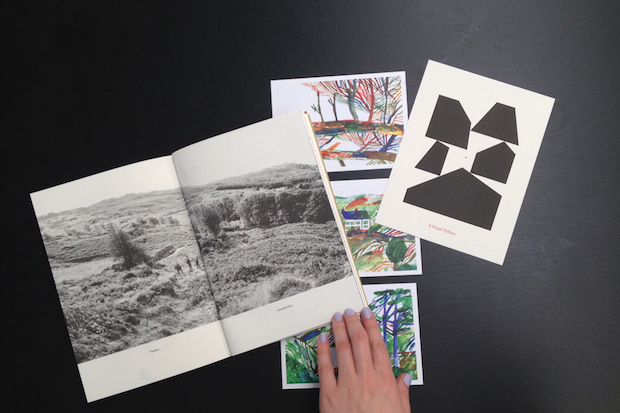
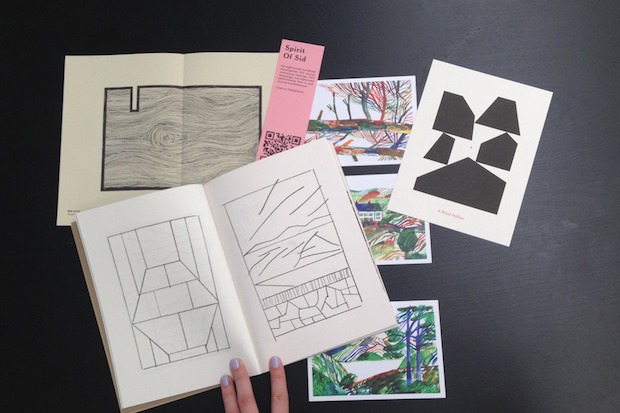
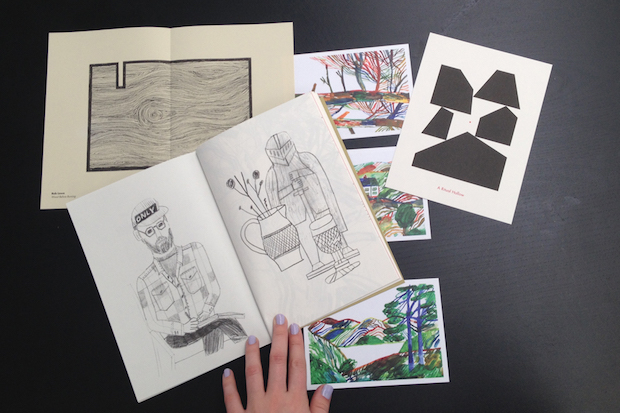
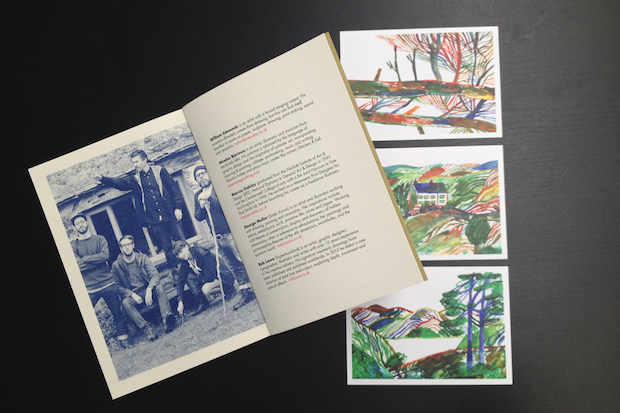
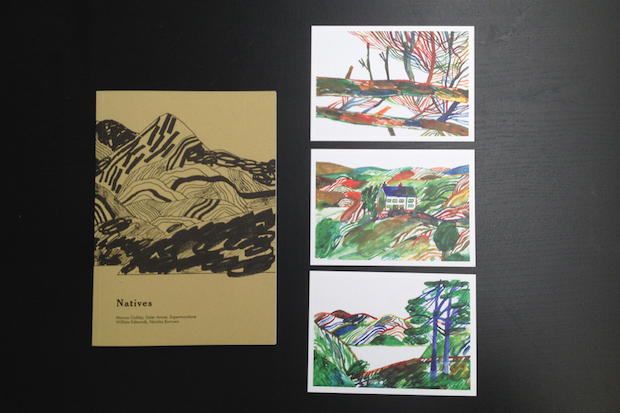
What's the lifespan of the project? Will there be a second Natives Journal?
NB: Definitely. Ideally I'd have already done another one but I've been waiting to get the first journal out so people can see what it's about and we can approach places and organisations with a bit more confidence. The idea is that each residency and publication will explore a different place through the work of different artists, initially in the UK but not restricted to here. I now need to get on and plan the next one, hopefully later in the year.
nativesresidency.wordpress.com

